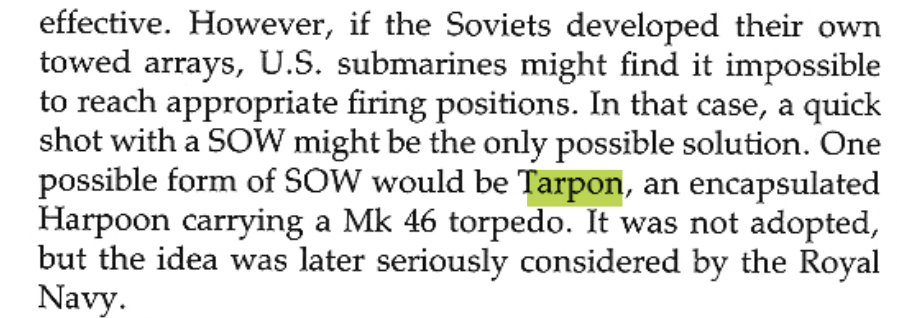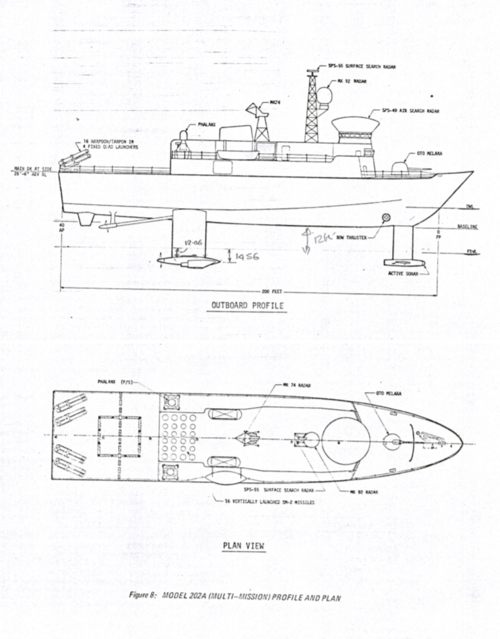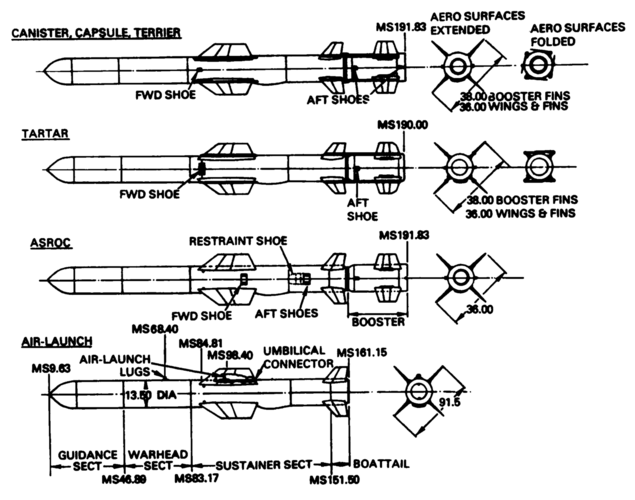- Joined
- 3 June 2011
- Messages
- 17,345
- Reaction score
- 9,097
I could swear I've read somewhere that at one time they'd considered swapping out the Harpoon's 500lb blast warhead for a lightweight torpedo (Mk46) but decided it would be too hard to target. Anybody recall anything about this? I haven't been able to find anything on it.




